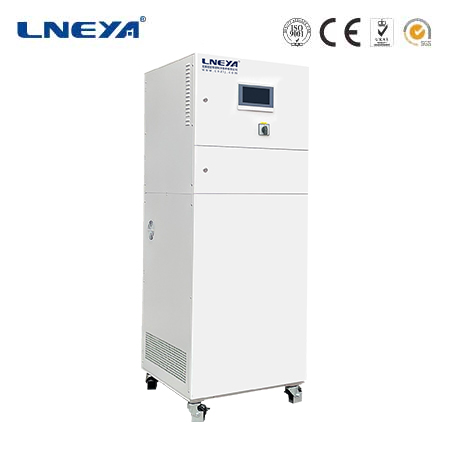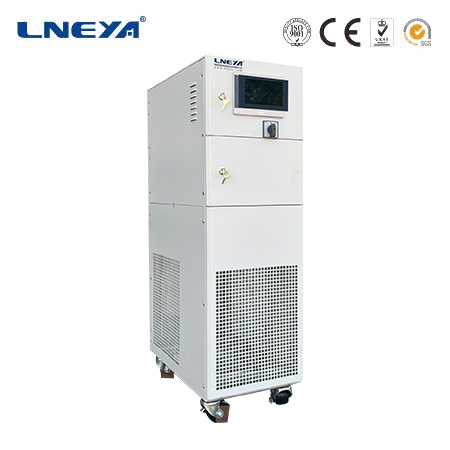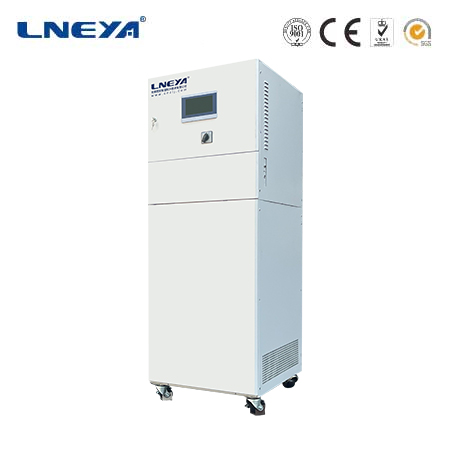types of temperature controller
Types of Temperature Controllers: Ensuring Precision in Temperature Control
Temperature control is critical in a wide array of industries, from manufacturing to medical applications. The precision and efficiency of temperature regulation are often dependent on the type of temperature controller used. Understanding the different types of temperature controllers is essential for selecting the right solution for specific applications.

Types of Temperature Controllers
Proportional Controllers:
Proportional control involves establishing a “proportional band” around the setpoint. When the measured temperature falls within this band, the controller varies the power provided to the heater or cooler. This method helps eliminate the drastic overshoot common in on-off controllers and results in a temperature “droop” as the setpoint is approached.
Proportional, Integral, Derivative (PID) Controllers:
PID controllers combine proportional control with integral and derivative adjustments. The integral function, also known as “reset,” pushes the temperature towards the setpoint after the proportional droop occurs. The derivative function, or “rate,” anticipates over- and undershooting by adjusting the heater or cooler in anticipation of rapid temperature changes.
Other Control Types:

Linear Control: This control combines a variable input signal with a correspondingly variable control signal, often used in systems where a direct relationship between input and output is required.
Feedforward Control: Unlike traditional feedback controls, feedforward control does not require a sensor. Instead, it relies on a reference signal, which can be used in conjunction with PID control for improved accuracy.
Fuzzy Logic Control: This type of control uses imprecise values for variables, allowing for more nuanced control in systems where exact values are not critical.
Input and Output Options
Temperature controllers can have various input and output options to suit different system requirements:
Voltage Inputs/Outputs: Analog signals such as 0-10 V or ±5 V are commonly used for precise control in industrial settings.
Current Loop: Expressed in milliamps (mA), this analog signal is used for long-distance signal transmission with minimal loss.
Frequency Input/Output: Used to measure or indicate a process variable, this analog signal is useful in systems where frequency is a key parameter.
Digital Inputs/Outputs: Including serial, parallel, Ethernet, CANbus, and other networked signals, these are used in modern, interconnected industrial systems.
Form Factors and Standards

The physical design of temperature controllers, or their form factor, can also vary significantly:
PCB Controllers: These can be attached to an enclosure or plugged directly into a computer backplane, making them suitable for integrated systems.
Panel Mount Controllers: Designed to attach to a panel or bolt onto a chassis, these controllers are often used in control panels where direct access is required.
Rack Mount Devices: Mounting on racks with hardware including guides, flanges, and tabs, these devices are common in data centers and server rooms.
DIN Rail Devices: Mounting on a standardized rail, these controllers are often used in industrial environments for easy access and installation.
Stand-Alone Controllers: Benchtop or standing units with an integral cabinet and interface, these controllers are used in settings where a freestanding unit is required.
When selecting a temperature controller, it’s also important to consider compliance with standards such as RoHS (Restriction of Hazardous Substances), which ensures that the controller meets environmental and health standards.
Innovations in Temperature Control
The field of temperature control is continuously evolving, with advancements in fractional-order PID controllers offering improved regulation capabilities. These controllers have been used in various applications, including the control of super-heated steam temperature and the safety of medical products.
Conclusion
Temperature controllers are vital components in systems that require precise temperature regulation. With various types, input/output options, form factors, and compliance standards, selecting the right controller for an application is crucial. As technology advances, innovations such as fractional-order PID controllers are pushing the boundaries of what’s possible in temperature control, ensuring more efficient and precise systems in the future.
Related recommendations
portable industrial chiller
388Portable Industrial Chiller: Detailed Explanation Introduction to Portable Industrial ChillersPortable industrial chillers are complete refrigeration systems packaged in mobile enclosures desi...
View detailsair cooled chiller cost
688Understanding the Cost of Air-Cooled Chillers Introduction to Air-Cooled Chiller Costs Air-cooled chillers are popular for their versatility and cost-effectiveness in various industrial and ...
View detailslaboratory chillers
529Laboratory Chillers: Precision Temperature Control for Scientific Applications Laboratory chillers are essential equipment in scientific laboratories, used to maintain precise temperature contr...
View detailsair cooled chiller and water cooled chiller
438In the industrial sector, chillers are indispensable for cooling processes where temperature control is critical. Chillers can be categorized into air cooled and water cooled systems, each with it...
View details
 LNEYA Thermal Test Chillers
LNEYA Thermal Test Chillers







HelloPlease log in